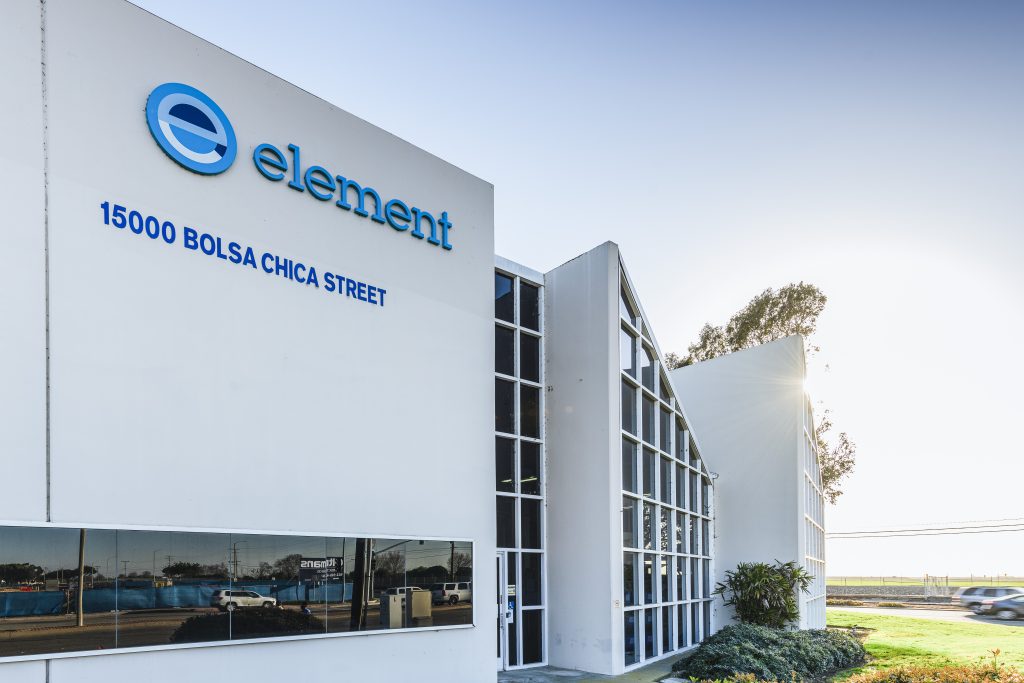Quality powder for quality parts. It is a relatively straightforward equation. As part of our series looking at the industrialization of 3D printing, I spoke to a company engaged in assessing metal powder for additive manufacturing.
When Giles Mertens of Element Materials Technology engages in an earnest conversation about 3D printing, he speaks with the enthusiasm of a man deeply entrenched in the intricacies of additive manufacturing.
Mertens heads the department as the Department Manager, Chemistry and Powder Testing. While, at the moment, their primary emphasis is on metal ores, Mertens was quick to acknowledge the behemoth that is the polymer industry. He mentioned, “Our goal is to expand our capabilities to the polymer industry.”
For those pondering over Element’s contributions to the AM world, they excel in meticulous QA, Quality Assurance, and examinations of both powders and the end products. Mertens elucidates their modus operandi, saying they “work for both producers or companies, from R&D work, over new alloys, new types of print jobs.” The goal is simple yet intricate: ascertain what tests are required and subsequently furnish the results.
Regarding the procedure with new metal powders, Mertens revisited Element’s legacy of thoroughly validating their equipment. The firm surpasses international standards, moving beyond the stipulated 100 PPM (parts per million) and delving deep into the sub-PPM levels. This is no mere academic exercise. By doing so, they can confidently determine particular elements, offering their clients unparalleled precision.
One might wonder about the specifics of these tests. Do they merely assess the chemical composition of the powder? Mertens confirms that while chemical analysis is paramount, the firm goes beyond. He elaborates, “We also do the powder characterization, this includes flowability, density, distribution…” Such detailed inspections are often the first steps when working with new powder batches.

Is Element Materials Technology leading the 3D printing industry? Nominate now in the 2023 3D Printing Industry Awards.
Metal Powders Trends in 3D Printing
Element has a large roster of collaborations, indicating partnerships with many “well-known power producers,” client confidentially prevents him from discussing specific names. Regarding powder production methods, specifically which techniques for transforming raw material into spherical metal powder yield superior results, Mertens steered clear of any definitive assertions. He noted that interpretations vary and ultimately rest with the powder producer. Gas plasma atomization is one method of metal powder production that atomizes molten metal with high-velocity inert gas jets.
Mertens then touched upon emerging trends in the metal powder domain. The traditional stalwarts like Titanium 64 are still dominant, but there’s a surge in interest for newer alloys. Case in point, GRCop-42, a copper alloy combined with niobium and chromium. Its potential application? High-temperature generators.
Delving into older alloys that have made their mark, Mertens heralded the rise of Inconel 718. This superalloy, initially confined to the R&D realm, is now well-known in real-life applications. However, its journey wasn’t without hiccups. “It shows difficulties when printing,” Mertens remarked. The challenge, he explained, lies in a delicate dance between material formulation and processing parameters. Take, for instance, the peculiar case of Bismuth (a heavy metal element). Even trace levels in the Inconel 718 can disrupt the printing process.
However, when pressed about the intricacies of how Bismuth impacts the printing process, Mertens maintained a veil of secrecy. As Element Materials Technology mainly deals with testing powders and finished products, the nitty-gritty of the actual printing parameters remains the supplier’s dominion.

Element Materials Technology’s Vision in Additive Manufacturing
“Currently, we have several Centres of Excellence,” Mertens began. These centers, based in England and Huntington Beach, California, are designed for expertise in the additive manufacturing (AM) industry. Their focus? Testing on metal alloys, with one lab in England capable of conducting tests on polymers. Yet, the future will involve “broadening our scope also to include polymers and ceramics.” A hint that the company is looking to dive deep into research, backed by significant engineering prowess.
Mertens confirmed that significant progress has been made in ceramics. Still, polymers, he says, would require “a completely different setup in our chemical laboratory,” indicating the likelihood of significant investments in this arena. As companies continue to explore ceramics for additive processes, Element Materials Technology is well-positioned to serve them.
Innovations in Material Science
Mertens shared that they have acquired a new Inductively Coupled Plasma Optical Emission Spectroscopy (ICP-OES), primarily to deal with an exciting development: the emergence of new alloys that “don’t even have names” yet. These alloys, some with more than 50 elements, including rare ones like Rhenium and Scandium, are being tested for their potential applications. The goal? To make products lighter, leading to a more sustainable society. This is driven by fields like computational alloy discovery, which dramatically expedites the creation of new alloys.
With recent announcements of GKN Aerospace providing approvals to the Antwerp laboratory, Element Materials Technology has bolstered its position in the aerospace domain. “We are allowed to perform chemical analyses and physical boundary tests,” Mertens elaborated, indicating a deeper partnership with GKN Aerospace.
As the world of additive manufacturing continues its rapid evolution, companies like Element Materials Technology remain at the forefront, innovating and adapting to the industry’s ever-changing demands. The future looks promising, with numerous opportunities and challenges awaiting.
What does the future of 3D printing for the next ten years hold?
What engineering challenges will need to be tackled in the additive manufacturing sector in the coming decade?
To stay up to date with the latest 3D printing news, don’t forget to subscribe to the 3D Printing Industry newsletter or follow us on Twitter, or like our page on Facebook.
While you’re here, why not subscribe to our Youtube channel? Featuring discussion, debriefs, video shorts, and webinar replays.
Are you looking for a job in the additive manufacturing industry? Visit 3D Printing Jobs for a selection of roles in the industry.


